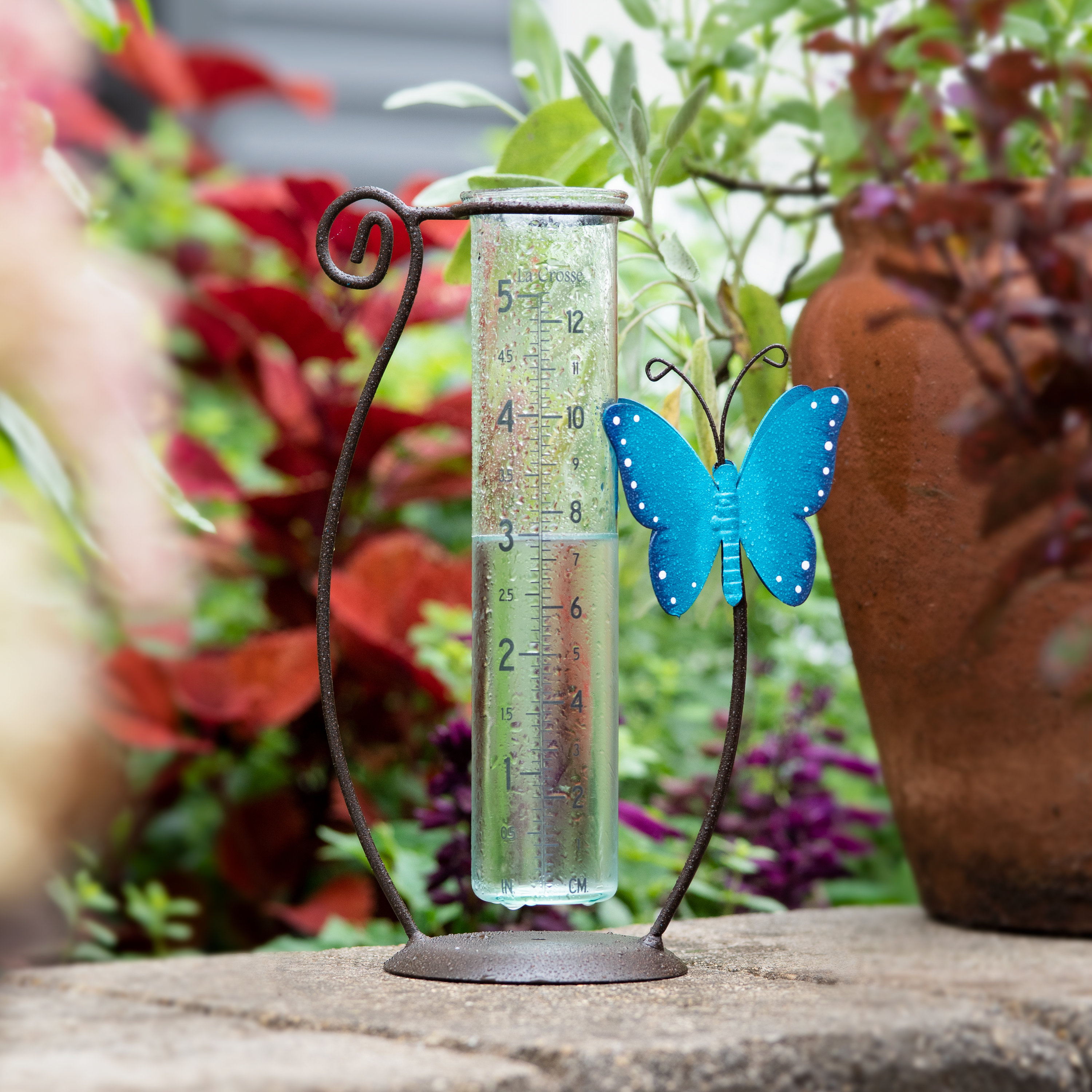DIY Rain Scale: Basic Steps to Make Your Own
Developing your own DIY rain scale is a efficient and straightforward way to videotape and measure precipitation. With simply a couple of common materials and some standard steps, you can easily build your very own rainfall scale at home. Let's get started on making your Do it yourself rainfall gauge today!
Gather Products
To start constructing your DIY rain scale, collect all the essential materials utilizing a thorough list of items. Having the best materials handy will make certain the successful development of your rain gauge and permit precise measurements of rains. First of all, you will certainly require a clear plastic container or cylinder, such as a plastic container or container. Make sure the container is transparent so that you can easily see the water degree inside. Next, you will certainly call for a leader or gauging tape to note the increments on the container. This will certainly enable you to determine the amount of rainfall precisely. Additionally, you will need a permanent pen or water-proof tape to note the measurements on the container. When exposed to rainfall, this will certainly ensure that the markings continue to be visible even. You will certainly require a durable base or risk to firmly hold your rain gauge in area. This can be a wooden or steel risk that can be placed right into the ground or a tough flat surface area to supply stability. Collecting these materials ahead of time will streamline the building and construction procedure and ensure that you have every little thing you need to develop your own do it yourself rain scale.
Prepare the Container

Mark the Dimension Increments
To accurately gauge the quantity of rainfall, accurately noting the dimension increments on your DIY rain gauge is crucial. Without exact and clear markings, it would be difficult to determine the specific quantity of rains collected in your rainfall scale. Right here are the steps to mark the dimension increments on your rain gauge.
First, select the system of dimension that you wish to utilize. The most common devices for determining rains are millimeters and inches. Use an irreversible marker or water-proof paint to mark this link the increments on the side of your rainfall scale when you have actually chosen the device. For inches, you can mark every quarter inch or every half inch, relying on your preference. For millimeters, you can note every 10 millimeters or every 20 millimeters.
When marking the increments, it is necessary to guarantee that they are equally spaced and plainly visible. Utilize a leader or measuring tape to make sure precision and uniformity. Furthermore, make special info certain that the markings are immune to fading or rubbing off, as exposure to the components might trigger them to wear away in time.
Area the Rainfall Gauge Outdoors
The rain scale need to be placed outdoors to precisely accumulate rainfall data. The place picked for the rain gauge need to be cost-free and open from any blockages that could possibly influence the measurement of rainfall. It is necessary to find an area that is not blocked by trees, buildings, or other structures that might obstruct the rainfall from getting to the gauge. This will make sure that the accumulated information is representative of the actual rainfall in the location.
Furthermore, it is vital to position the rain gauge on a secure surface area, such as a degree ground or a tough post. This will avoid any type of activity or tilting of the scale, which can lead to incorrect measurements. It is also recommended to prevent putting the scale near any type of resources of fabricated water, such as lawn sprinklers or water drainage systems, as this might disrupt the accuracy of the measurements.
Display and Document Rain Data
Regular surveillance and recording of rains data is necessary for precise data evaluation and interpretation. By monitoring rainfall dimensions, you can acquire valuable understandings into weather patterns, environment patterns, and water resource monitoring. To successfully keep track of and tape-record rainfall information, it is vital to develop a routine and keep constant practices.
To start with, ensure that your rainfall gauge is see placed in an open area far from challenges such as trees or buildings that might obstruct rains. Furthermore, make certain the rainfall gauge is degree and securely secured to stop any kind of activity that can affect the precision of the dimensions.

When taping the rains information, it is essential to note the date and time of each measurement. Utilize a leader or a gauging stick to identify the rainfall depth in the rain gauge, and record this info precisely.
To ensure the accuracy of the dimensions, it is advised to clear the rainfall scale after each recording. This will stop any type of overflow or evaporation from affecting subsequent dimensions.
Verdict
Finally, producing a DIY rain scale is a basic and functional means to check and tape rainfall information (The Rain Gauge). By complying with the steps detailed in this post, you can easily collect materials, prepare the container, mark the dimension increments, and put the rain gauge outdoors. Frequently keeping an eye on and tape-recording rainfall data can provide beneficial information for numerous functions
Having the right products on hand will make sure the successful development of your rain scale and allow for exact measurements of rains.To accurately gauge the amount of rains, precisely marking the dimension increments on your DIY rainfall gauge is crucial.The rain scale should be put outdoors to accurately gather rainfall information. The place chosen for the rainfall gauge should be totally free and open from any kind of obstructions that can potentially affect the dimension of rains.In conclusion, creating a DIY rainfall scale is a simple and functional way to keep an eye on and videotape rainfall data.